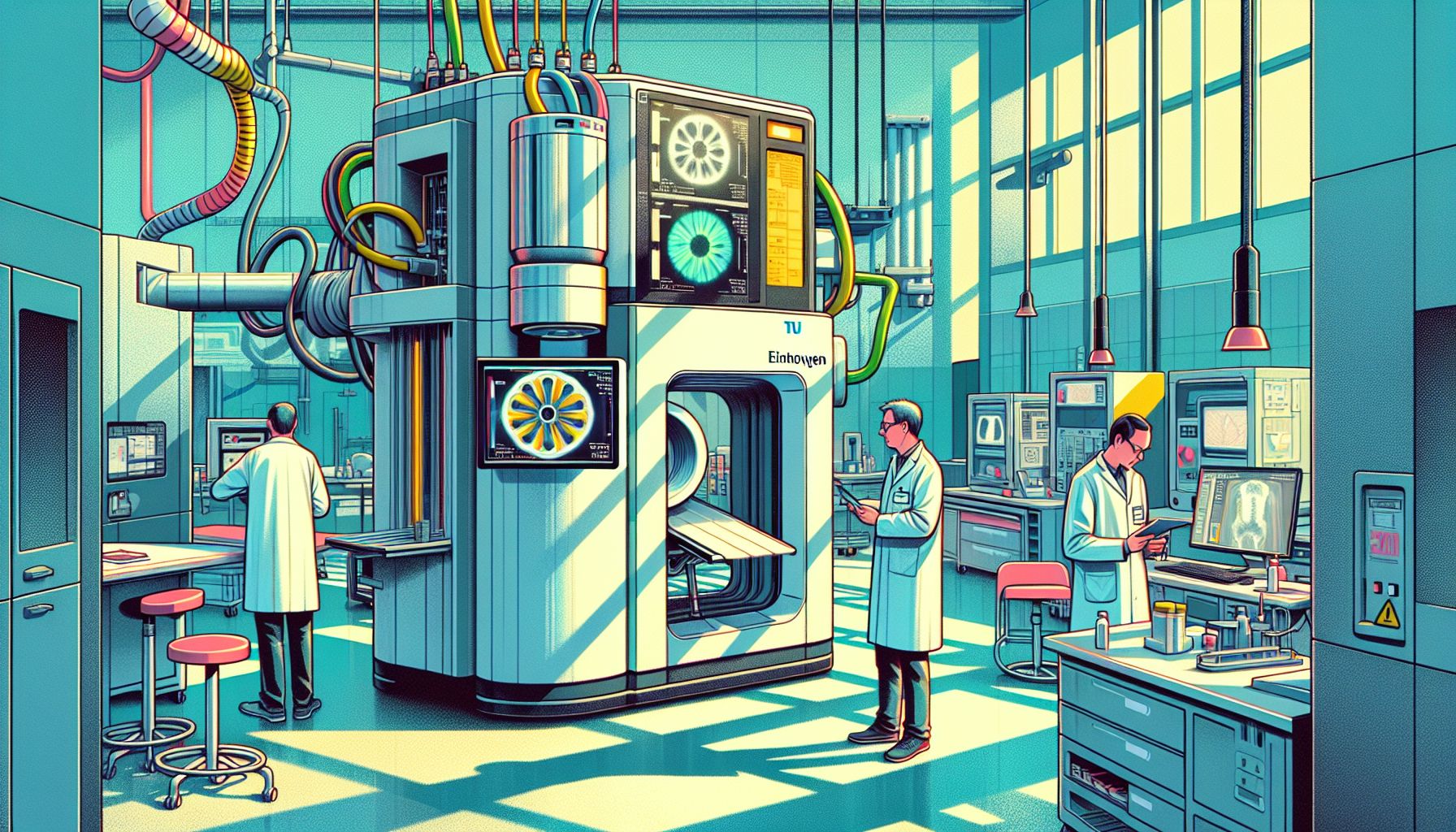TU Eindhoven Researchers Unveil Compact X-Ray Device for Medical and Industrial Advancements

Eindhoven, Tuesday, 6 May 2025.
TU Eindhoven researchers have developed a compact hard X-ray machine enhancing medical imaging and industrial applications. This breakthrough offers high-quality imaging in a smaller form factor.
Breakthrough in Compact X-ray Technology
In a significant development announced in November 2024, Professor Jom Luiten and his team at TU Eindhoven have successfully created a compact hard X-ray machine that operates in a space of just 1.5 x 3 meters [1]. The device represents a remarkable achievement in miniaturization, particularly when compared to traditional synchrotron facilities. The research team, including PhD students Ids van Elk and Coen Sweers, has demonstrated the machine’s capability to generate high-quality hard X-rays with precisely tunable energy levels [1][2].
Technical Specifications and Capabilities
The innovative device achieves a measured photon flux of 1.2 × 10³ photons per shot, with energy tunability ranging from 5.8 keV to 10.7 keV at a bandwidth of 4% [2]. This technical achievement positions the machine to potentially reach a brilliance of 10¹² photons/(s × mrad² × mm² × 0.1% BW), significantly surpassing conventional X-ray tubes that typically operate between 10⁹ and 10¹⁰ photons/(s × mrad² × mm² × 0.1% BW) [2]. The system employs a linear particle accelerator instead of a circular synchrotron to generate X-rays, contributing to its compact design [1].
Applications and Impact
The versatility of this compact X-ray machine extends across multiple fields, from medical imaging to industrial applications. The device’s ability to be precisely tuned makes it particularly valuable for examining paintings, silicon wafers, and biological materials without causing damage [1]. Unlike traditional medical X-ray machines that operate within a limited energy range of tens of kV to 150 kV [4], this new technology offers enhanced capabilities while maintaining a compact form factor suitable for installation in university laboratories, industrial production lines, museums, and hospitals [2].
Future Developments
The research team has outlined plans for further enhancements, including increasing the repetition rate from 50 Hz to 500 Hz and expanding X-ray energies up to 20 keV through conditioning of the HPRF system [2]. This development is part of the broader Smart*Light 2.0 project, involving collaboration with TU Delft, University of Antwerp, and Ghent University [1]. The project’s success marks a significant step forward in making advanced X-ray technology more accessible and practical for diverse applications.

